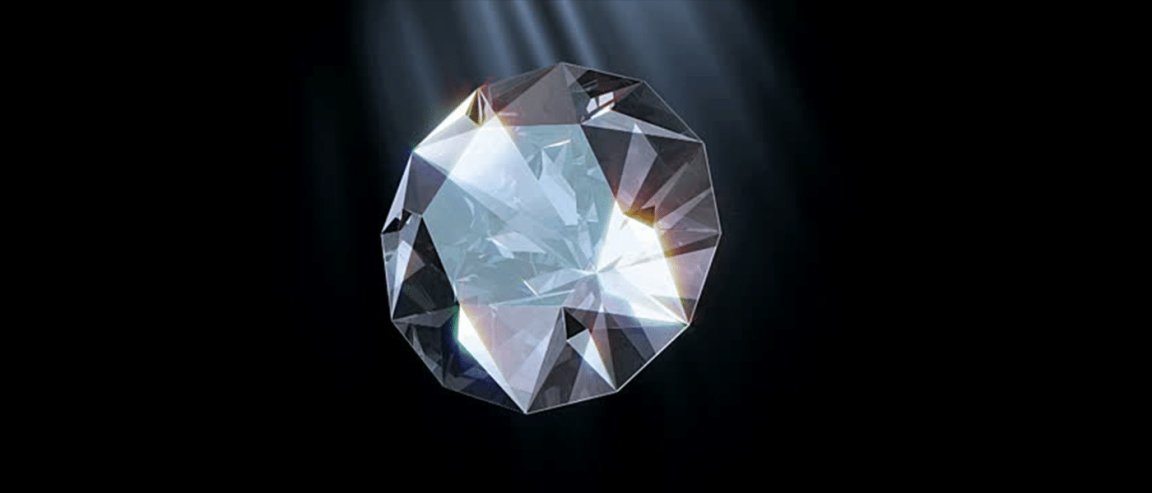
The Lonsdaleite Diamond
Diamonds are both aesthetically pleasing and functional. Not only can they be used to create stunning jewelry, they can also cut through some of the toughest materials on the planet. Now, an international team of scientists, led by researchers from Australian National University (ANU) and including experts from RMIT, the University of Sydney, and the United States, has developed in a lab a diamond that’s even harder than the jeweler’s versions.
In a study published in the journal Scientific Reports, the team describes how they developed Lonsdaleite, a nanocrystalline hexagonal diamond, from glassy carbon. Named after pioneering crystallographer Dame Kathleen Lonsdale, this type of diamond has thus far only been found in nature at the site of meteorite impacts. The researchers’ nano-sized creation was made in a diamond anvil at 400° Celsius (752° F), though it would require a temperature twice that to be formed in a laboratory.
Lonsdaleite is much harder than jewelers’ diamonds, and its ability to cut through ultra-solid materials would be particularly useful for a variety of applications. “This new diamond is not going to be on any engagement rings. You’ll more likely find it on a mining site,” lead researcher Jodie Bradby from ANU’s Research School of Physics and Engineering told Phys.org. “Any time you need a super-hard material to cut something, this new diamond has the potential to do it more easily and more quickly.”

“Smaller Is Stronger”
Of the strongest materials known to man, Lonsdaleite seems to be near the top of the list. It sets itself apart from typical diamonds found in nature through its hexagonal structural composition. “The hexagonal structure of this diamond’s atoms makes it much harder than regular diamonds, which have a cubic structure,” said Bradby.
What’s most impressive is that the researchers were able to produce nanosized versions of this diamond. “We’ve been able to make it at the nanoscale, and this is exciting because often with these materials ‘smaller is stronger’,” Bradby added.
The diamond will definitely make industrial processes that require cutting ultra-solid materials a lot easier, and it joins a long list of super materials we’ve been able to make in labs to help us do everything from create faster computers to build better nuclear reactors.